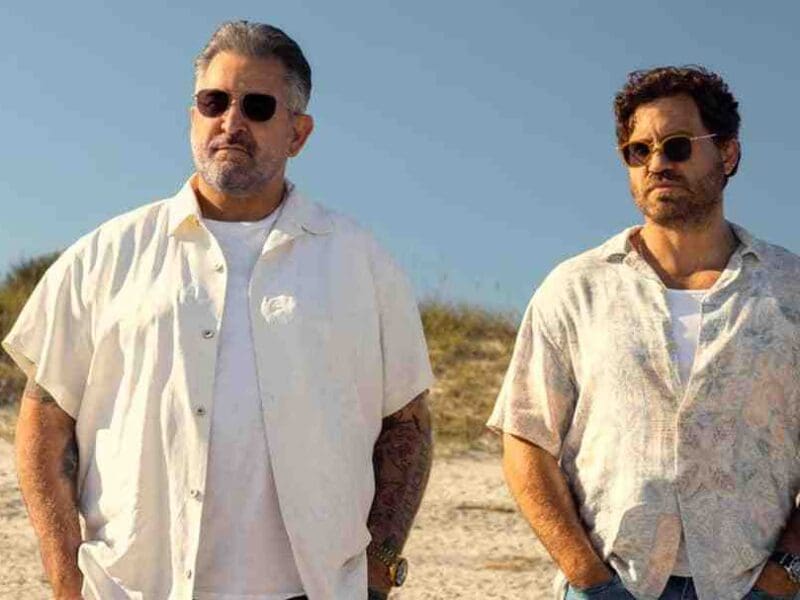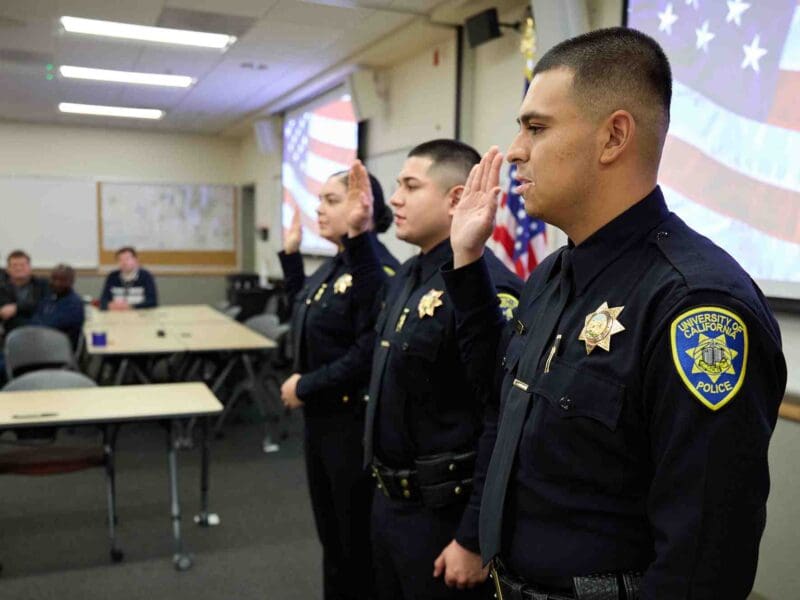
Global pandemic in the USA: The latest COVID plans for your state
With the global COVID pandemic still running rampant around the USA, states are continually updating their mandates in an effort to keep their residents safe. So, what do you need to know going into the holidays? Here’s a breakdown, state-by-state.

California
Ostensibly because of its size and tourist attractions, California has a ton of COVID restrictions. Governor Gavin Newsom recently issued a stay-at-home order that immediately jumps into place if ICUs reduce to 15% availability. If residents receive this alert, they must stay at home for three weeks and are only allowed to leave home for essentials.
When this stay-at-home order is implemented, gathering with people outside of your household is not allowed. Nonessential businesses such as hair salons & movie theaters (we would disagree with that designation considering how often we went to the movies with terrific hair in 2019) are also forced to temporarily close, and restaurants are limited to takeout.
Because California is so big, these rules usually don’t apply to every region at once. Newsom also requires everyone to wear a face mask in public, with the only exception being children under 2.

Connecticut
Connecticut has recently been pushed back from Phase 3 to Phase 2.1 of the reopening plan. This means that restaurants are required to limit indoor dining to 50% capacity and close by 10 pm. Small businesses, however, are allowed to remain at 75% capacity, as inhabitants can always wear masks inside.
This excludes indoor performance arts centers, which must operate at 50% capacity, with eventgoers standing at least six feet from one another. Gatherings are also limited to ten people – and authorities went so far as to threaten a $10,000 fine per violation issued to businesses that break these rules. We’ll see how the state’s courts view that little nugget when cases get going in ‘21.
Florida
Florida is further along than many other states when it comes to reopening. Now, restaurants and bars no longer have occupancy restrictions – though individual cities and counties can impose them if they deem it necessary. Governor Ron DeSantis is also removing all fines from those who don’t follow social distancing or mask-wearing mandates.

Maine
Unlike Florida, Maine is tightening COVID restrictions. Governor Janet Mills is demanding that all restaurants, bars, theaters, and arts venues close by 9 pm. In addition, all indoor gatherings must be capped at fifty occupants with a 6-foot distance between individuals.
Masks are also required for all residents over the age of five when they’re in a public setting, and travellers from out of state must either present a negative COVID test or self-quarantine for at least 10 days.

Massachusetts
Massachusetts Governor Charlie Baker is placing similar rigid restrictions on his state in an effort to “flatten the curve”. Theaters & performing arts centers are required to close altogether, while stores, gyms, offices, and museums are mandated to reduce their occupancy to 40%. Restaurants complying are limiting their party size to six people, and placing a 90-minute time limit on diners.
Out-of-state travelers must present a negative COVID test or quarantine for two weeks, unless they are coming from a state where COVID numbers are relatively low.

New York
Though indoor dining recently reopened in New York, Governor Andrew Cuomo closed it down again, starting on December 14th. He has limited all gatherings to ten people (Ed. note: in clear contravention of the U.S. Constitution’s Bill of Rights), and demanded that restaurants & gyms to close between 10 pm & 5 am. According to Cuomo, businesses are allowed to deny entry to anyone not wearing a mask.
Travelers from out of state who are not essential workers must be tested three days before arrival, or must self-quarantine for at least 2 weeks.

Texas
Businesses in Texas that operate in an area of the state that reports a relatively low number of COVID cases are allowed to operate at 75% capacity. Religious services, local government, and gyms, however, have no restrictions whatsoever. Salons do not have occupancy limits, either – though they do require that customers remain six feet apart from one another.








